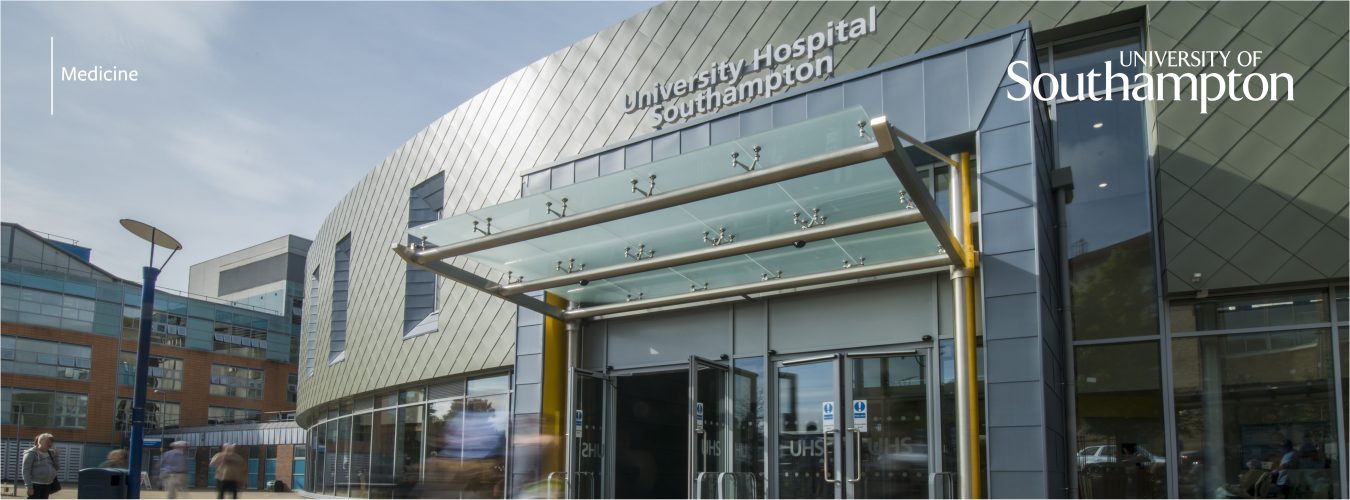‘Inspiring Stories’ with Tinashe Munyebvu
Postgraduate Researcher, School of Engineering
This is part of the Engaged Medicine ‘Inspiring Stories’ blog series. The blogs explore the stories behind outreach and patient-public engagement activities of staff and students from the University of Southampton’s Faculty of Medicine.
How Would You HAND-le this? – The power of public involvement in biomechanical engineering research
My name is Tinashe, and I am a postgraduate researcher in the School of Engineering. It was here, during my undergraduate degree, that my passion for public engagement was born. It all started with a summer internship where I created public engagement content for the People Powered Prosthetics group. After that, I ventured into another internship within the heart and soul of public engagement at the university: the Public Engagement with Research unit. I have since left to pursue a PhD where I sit between FEPS and FELS, in a project which aims to combine public involvement and computational modelling methods to investigate hand joint diseases such as osteoarthritis (OA).
Whilst I had some experience with public engagement, I only came across public involvement during my final year group design project. This project concerned the design and manufacture of a joint simulator for the proof of concept of a novel orthopaedic implant. During the design process, we sought the expertise of those living with OA by visiting a local support group to discuss the main challenges associated with OA and its current treatment. These insights helped formulate the simulator’s testing criteria, without which, our design would have looked very different. Those sessions highlighted to me that whilst public involvement is meaningful, it is not common practice in engineering, indicating there is scope for us to integrate more into our research processes.
Current public involvement work has also led to an additional project which is supported by the Public & Community Engagement Development Fund. The hand is one of the most complex structures in the human body. It can perform countless actions, many of which are crucial to everyday life. Musculoskeletal conditions such as hand OA have a major impact on peoples’ confidence, independence, and quality of life however, our understanding of hand and wrist joint diseases remains low compared to lower-limb joint diseases. The ‘How Would You HAND-le this?’ project sees public contributors, engineers, and health scientists develop an educational and interactive online resource to raise awareness of what it is like to live with hand OA. Additionally, this project aims to communicate to scientists and engineers the importance of working with members of the public to incorporate these lived experiences in the design of healthcare technologies.
Public engagement and involvement have shown me that research doesn’t have to happen behind closed doors. As researchers, we can work on areas in which we have no lived experience, so involving members of the public can increase our research’s impact, relevance and representativeness. The insights and ideas from our public contributors have inspired me in a multitude of ways but it has ultimately gotten me to critically think about how we as engineers consider the end-user in our design processes. One of my favourite things about public involvement is the enthusiasm in the room when researchers and contributors come together to discuss the direction of a project because it shows that we can share, collaborate and co-produce. There is a mutual benefit in sharing knowledge and learning from each other will never stop being a powerful thing.
Stay Connected! To find out more about the ‘Inspiring Stories’ series, Faculty of Medicine educational programmes and research, or to get involved use the links below or contact Dr Lucy Green.

University staff or students click here for the Engaged Medicine SharePoint.

